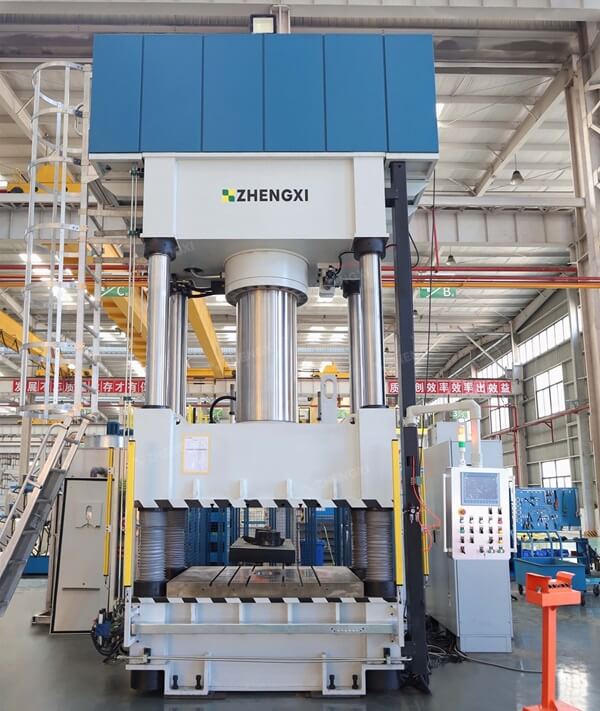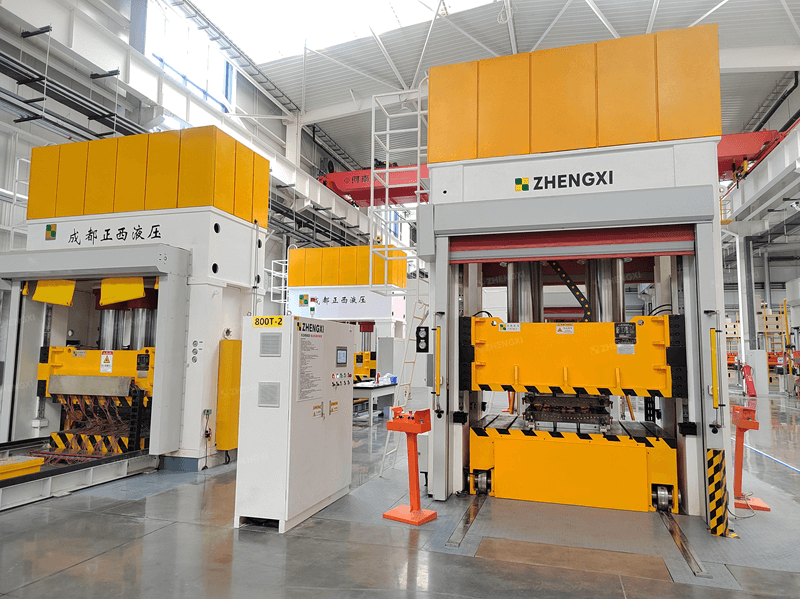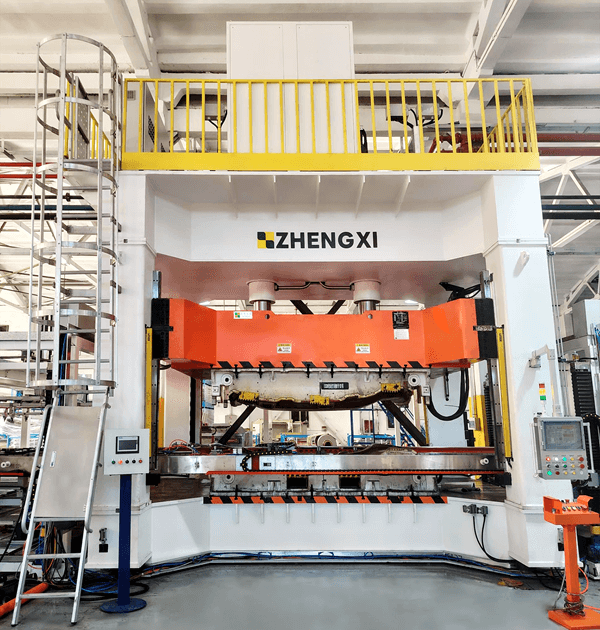When selecting a die forging machine, the following should generally be considered:
(1) Correctly select the tonages of the die forging equipment.
In production, correctly selecting the capacity of the die forging machine is an essential condition to ensure the smooth progress of the die forging. If the equipment capacity is too small, the metal will not easily fill the die cavity, and the number of strikes and fires will need to be increased, which will reduce production efficiency and increase costs. On the contrary, if the equipment capacity is too large, in addition to wasting equipment capacity, it will also increase the loss of flash. This can easily damage the mold, reduce the service life of the mold, and is not conducive to safe production.
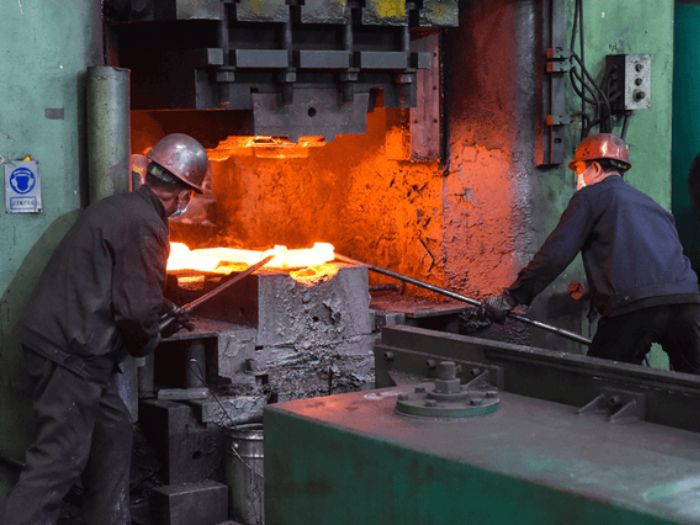
Reasonable selection method of die forging equipment capacity and specifications:
After calculating the die forging tonnage required for the forging according to the calculation formula, select the tonnage of the forging hammer according to the standard equipment specifications (see the relevant forging equipment manual). And select the forging hammer according to the higher method. That is, the nominal pressure of the forging hammer should be slightly greater than the calculated tonnage to select the specifications of the forging hammer. This can ensure that the forging has a tighter tolerance during production and usually has higher productivity. For single-piece and small-batch production, since the lack of forging hammer tonnage can be compensated by increasing the number of blows during die forging, a forging hammer with a tonnage slightly smaller than the calculated value can also be used.
(2) Different die forging equipment should be selected according to the different structures of the forging die.
For example, the die is generally made of a free forging hammer. The fixed die is usually made of a steam-air die forging hammer. The friction press adopts a friction pressure die structure.
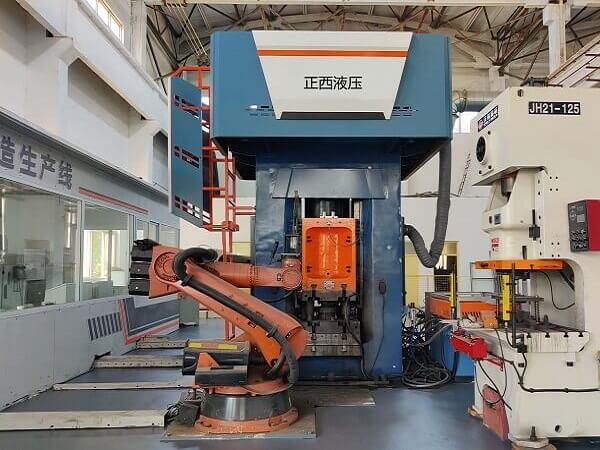
(3) Die forging equipment should be selected according to the batch size.
For example, the steam-air die forging hammer is a type of die forging equipment used explicitly for mass-producing forgings. The free forging hammer and friction press are suitable only for die forging production with simple shapes and small batch sizes.
In addition, when selecting forging equipment, comprehensive consideration should be given to factors such as the existing equipment conditions of the factory, the weight of the forgings, and the complexity of the shape. If the forging hammer capacity of the factory is insufficient, local forming can be used to expand the application range of die forging. This improves billet making accuracy and makes the final forging more similar to shaping. Change the deformation mode of the forging, such as using the roughing method instead of the pressing method, or using the buckling method instead of the final die forging. At the same time, the die forging can also be carried out by increasing the number of blows, ensuring the effective striking stroke of the forging hammer, and reducing the height of the forging die.
As a famous forging press manufacturer in China, ZHENGXI provides professional knowledge about press machines.

